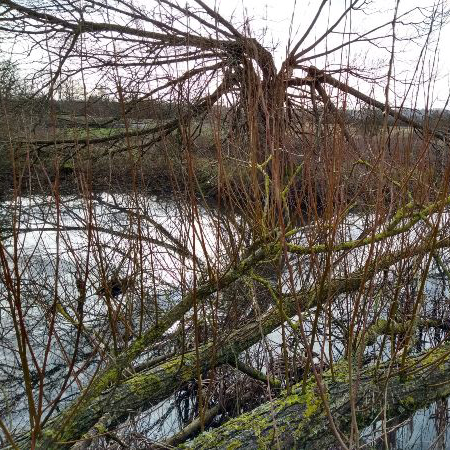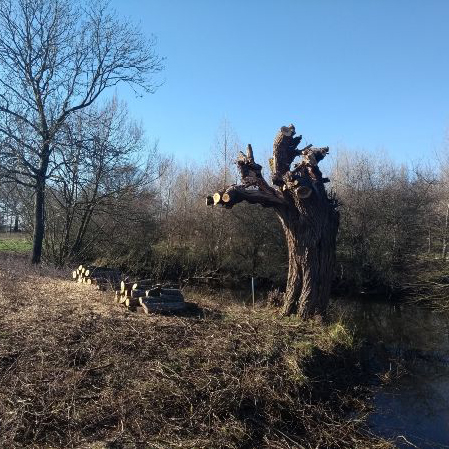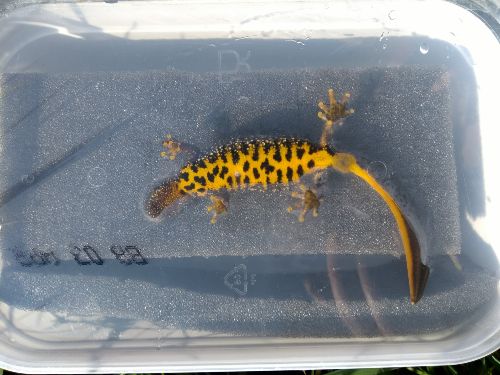Each year a comprehensive programme of ecological surveys is completed at Wichelstowe to monitor the wildlife population and ensure appropriate mitigation measures are put in place as development progresses. The survey information from 2018 has now been reviewed and shows positive results for the two key protected species present on the site.
Despite the hot/dry weather experienced last summer the great crested newt population recorded in the receptor sites has grown since the previous year and the largest existing population on site has remained stable. The receptor sites are new areas of habitat which include ponds and great crested newt friendly planting created to house newts transferred from other areas of the site as development progresses.
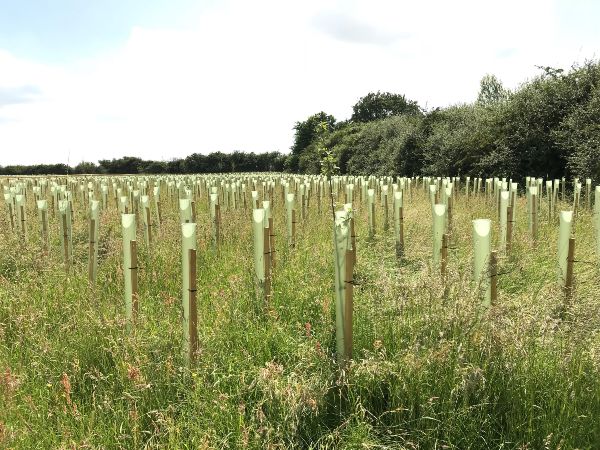
During the last year a new receptor site has been created in the south-west of the site ready to receive great crested newts which will be relocated once work on the M4 tunnel gets underway. This area includes new ponds as well as thousands of new trees and plants which will also create an attractive walking route for Wichelstowe’s human residents. We continue to monitor ponds each year to capture what effect our continual habitat improvement and management works are having and also keep a record of each newt captured by scanning its unique belly patterns.
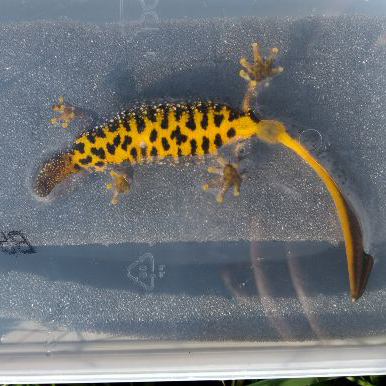
The canal and watercourses in Wichelstowe are home to a population of water voles and careful consideration has been given to ensuring they are protected during the canal restoration works. It is therefore excellent news that the population recorded across the site in 2018 was larger than that recorded in 2015 before the works began. The eastern bank of the canal is being planted with Water Vole friendly vegetation and once the works are complete and fencing removed we are hopeful that they will recolonise the banks.
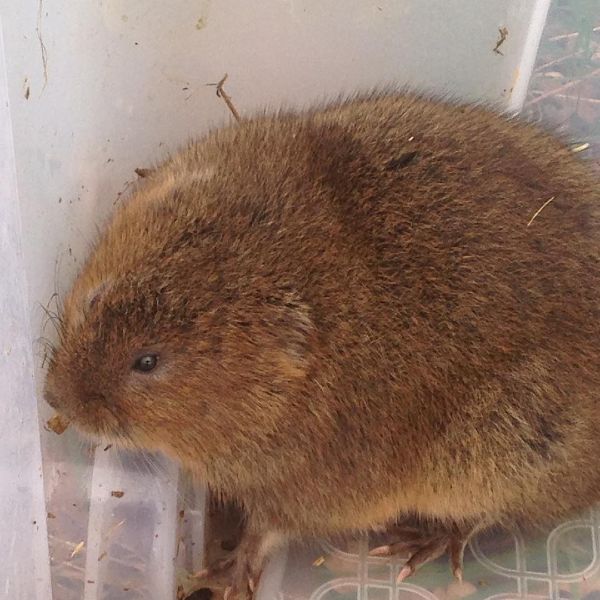
You may have noticed new bird boxes installed on the new buildings in Canalside and we hope that these will encourage a range of different birds including swifts to nest on the site. As part of our landscaping works we have also installed some new nest boxes in existing trees and it is really encouraging that we have recorded signs of Barn Owls using one of these boxes this year.
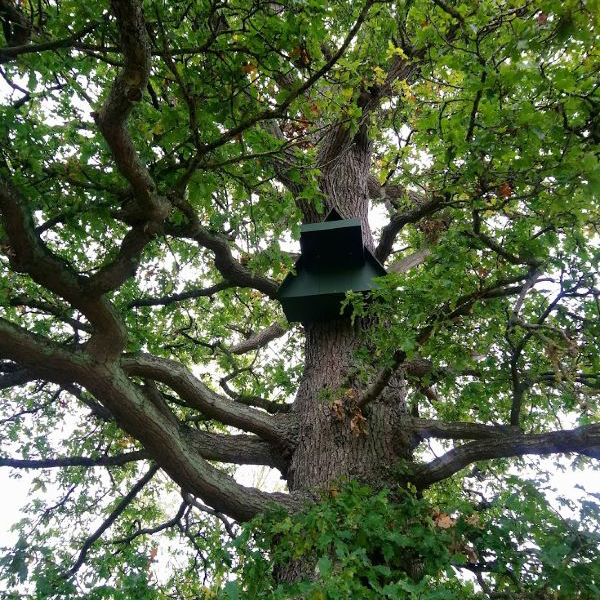
On the subject of trees, you may notice work being done to a number of trees around the site over the next couple of weeks. The works have already started in the new receptor site and will continue in the housing parcels and landscaping areas to the north of the site during the rest of February. A number of willow trees in particular are in poor health and branches have fallen or are blocking light into crucial great crested newt breeding ponds. Many of these trees haven’t been managed for a number of years so we will be pollarding them in order to avoid branches falling and to extend their lives. The images show one of the larger trees before and after the works were completed as well as the wood piles which are left behind to create new habitats.
